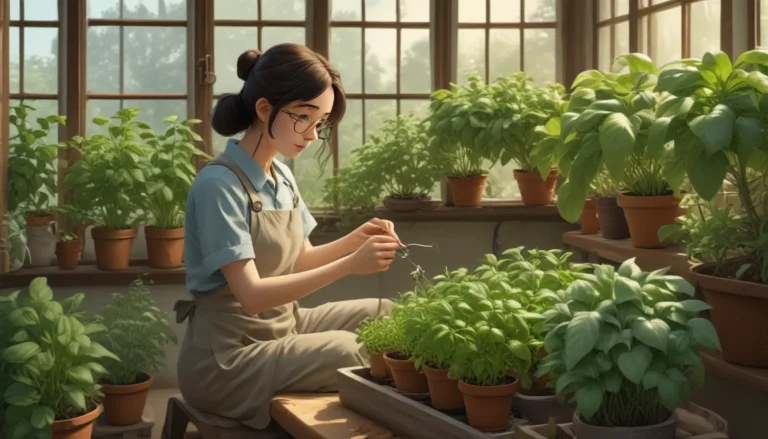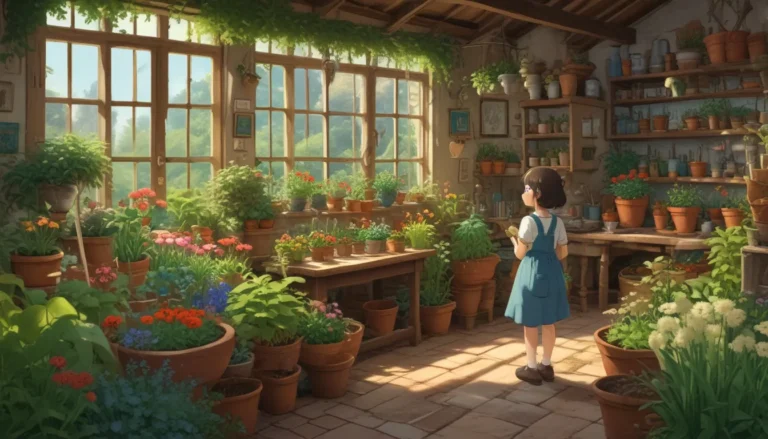Understanding the Sun Needs of Fuchsia Plants

Are you unsure about how much sun exposure your fuchsia plants need? There’s a common misconception that these beautiful flowers require lots of shade and heat to thrive. But, in reality, they actually do well in plenty of sunshine, as long as it’s not scorching hot. Let’s explore the truth behind the sun requirements of fuchsia plants and how you can ensure they receive the right amount of light to flourish.
What You’ll Discover
- Natural Fuchsia Climates
- Finding the Right Exposure
- Microclimates
Before we delve into the specifics of sunlight requirements, it’s essential to understand the natural environments where fuchsia plants originate.
Natural Fuchsia Climates
Fuchsia species are native to Central and South America, as well as New Zealand. Despite often being classified as tropical plants, they thrive in more temperate climates with cool temperatures and frequent cloud cover. This unique habitat has shaped their light preferences, making them adaptable to various light conditions.
In the garden setting, replicating these natural conditions is key to ensuring the health and vitality of your fuchsia plants.
Finding the Right Exposure
Fuchsia plants are incredibly versatile when it comes to light exposure, tolerating anything from full sun to nearly full shade. However, to help them thrive, it’s essential to provide the right amount of light based on your specific climate.
In hot and humid regions, afternoon shade is crucial to prevent excessive heat stress on the plants. In cooler climates resembling their native environment, such as England and the Pacific Northwest, fuchsias can withstand full sun exposure throughout the day.
The key to success lies in keeping the plants cool and the soil consistently moist. While shade can help regulate temperatures and moisture levels, fuchsias typically benefit from at least six hours of sun daily to encourage abundant flowering.
For dry climates like parts of California, the southwest, or Australia, partial sun to partial shade is ideal to prevent the plants from drying out. Adjusting the light exposure based on your specific climate and conditions is essential to ensure healthy growth.
Microclimates
In addition to considering overall light exposure, it’s important to take into account microclimates within your garden. These localized areas may experience temperature variations that differ from the surrounding environment, providing opportunities to create ideal growing conditions for your fuchsia plants.
By strategically placing your plants near heat-absorbing surfaces like brick or cement walls, or in cooler spots near trees or water features, you can optimize their light exposure and overall comfort.
Maximizing Sunlight for Fuchsia Plants
While fuchsia plants may seem finicky about sunlight, they can thrive in a range of light conditions as long as the soil remains moist and temperatures stay moderate. Balancing sun exposure with shade is crucial, particularly in hot regions where excessive sunlight can be detrimental.
If you’re growing fuchsias in the Pacific Northwest, embrace the bright light and watch your plants flourish. When gradually increasing sunlight exposure, be mindful of not shocking the plants with sudden changes. Slowly acclimate them to higher light levels to ensure a smooth transition.
What type of fuchsia are you growing, and how are you managing their sunlight needs? Share your experiences and tips in the comments below to help fellow gardeners facing similar challenges.
As we’ve just scratched the surface of understanding fuchsia plants’ sunlight requirements, consider exploring additional resources such as:
– How to Grow and Care for Hardy Fuchsias
– Common Reasons Why Fuchsia Plants Fail to Bloom
– Are Fuchsia Plants Perennials or Annuals?
Unlocking the secrets of fuchsia plants’ sunlight needs can lead to lush, vibrant blooms and healthy growth. Experiment with different light exposures, observe your plants’ responses, and enjoy the beauty they bring to your garden.
Thank you for reading! Stay tuned for more articles and insights on gardening and plant care.





